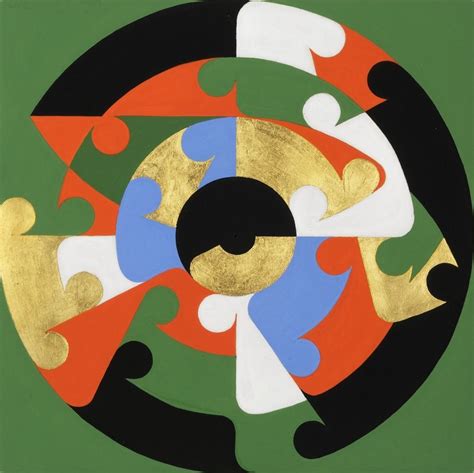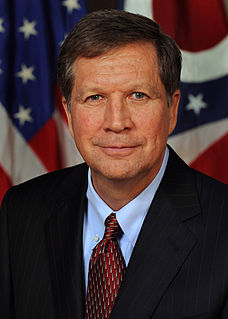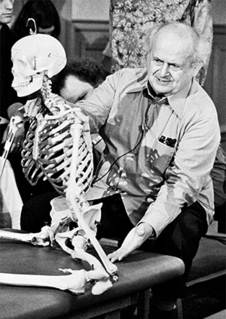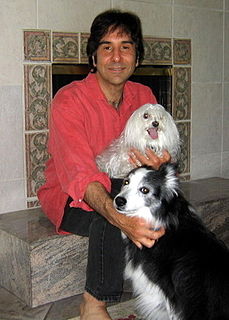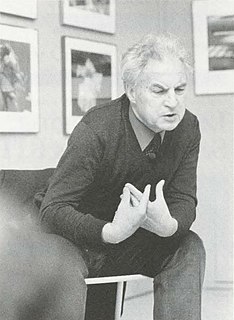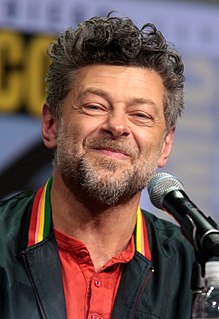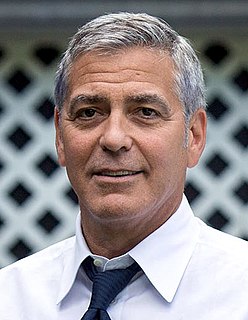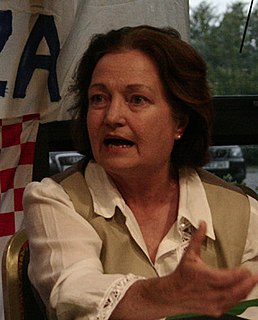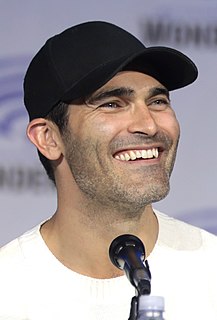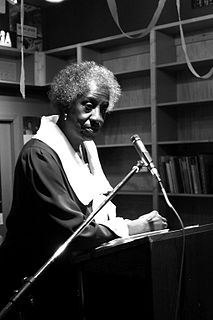A Quote by Gabriel Orozco
My photographs are not just about the instant of movement you capture in the camera. It's much more total, about constant movement that became static.
Related Quotes
In less than a century we experienced great movement. The youth movement! The labor movement! The civil rights movement! The peace movement! The solidarity movement! The women's movement! The disability movement! The disarmament movement! The gay rights movement! The environmental movement! Movement! Transformation! Is there any reason to believe we are done?
My work is not so overtly about movement. My horses' gestures are really quite quiet, because real horses move so much better than I could pretend to make things move. For the pieces I make, the gesture is really more within the body, it's like an internalized gesture, which is more about the content, the state of mind or of being at a given instant. And so it's more like a painting...the gesture and the movement is all pretty much contained within the body.
Veganism is about nonviolence. It is about not engaging in harm to other sentient beings; to oneself; and to the environment upon which all beings depend for life. In my view, the animal rights movement is, at its core, a movement about ending violence to all sentient beings. It is a movement that seeks fundamental justice for all. It is an emerging peace movement that does not stop at the arbitrary line that separates humans from nonhumans.
To express dynamic motion through a static moment became for me limited and unsatisfactory. The basic idea was to liberate myself from this old concept and arrive at an image in which the spectator could feel the beauty of a fourth dimension, which lies much more between moments than within a moment. In music one remembers never one tone, but a melody, a theme, a movement. In dance, never a moment, but again the beauty of a movement in time and space.
I'm very heavily involved in the editorial post-production process, and the camera - it's just such a big part of my storytelling language. I like creating the tension; I like creating the emotion through the movement of my camera, or the lack of movement through my camera, depending on what fits the scene best.
I honestly think the impulse is to grab something and capture it, and not capture a moment that you want to remember, but just capture an image that you want other people to see right away. It's about how someone is going to "like" this and it's no longer an experience. It's just this constant sharing of images. I personally don't like that very much.
Movements are not radical. Movements are the American way. A small group of abolitionists writing and speaking eventually led to the end of slavery. A few stirred-up women brought about women's voting. The Populist movement, the Progressive movement, the anti-Vietnam War movement, the women's movement - the examples go on and on of 'little people' getting together and telling the truth about their lives. They made our government act.
